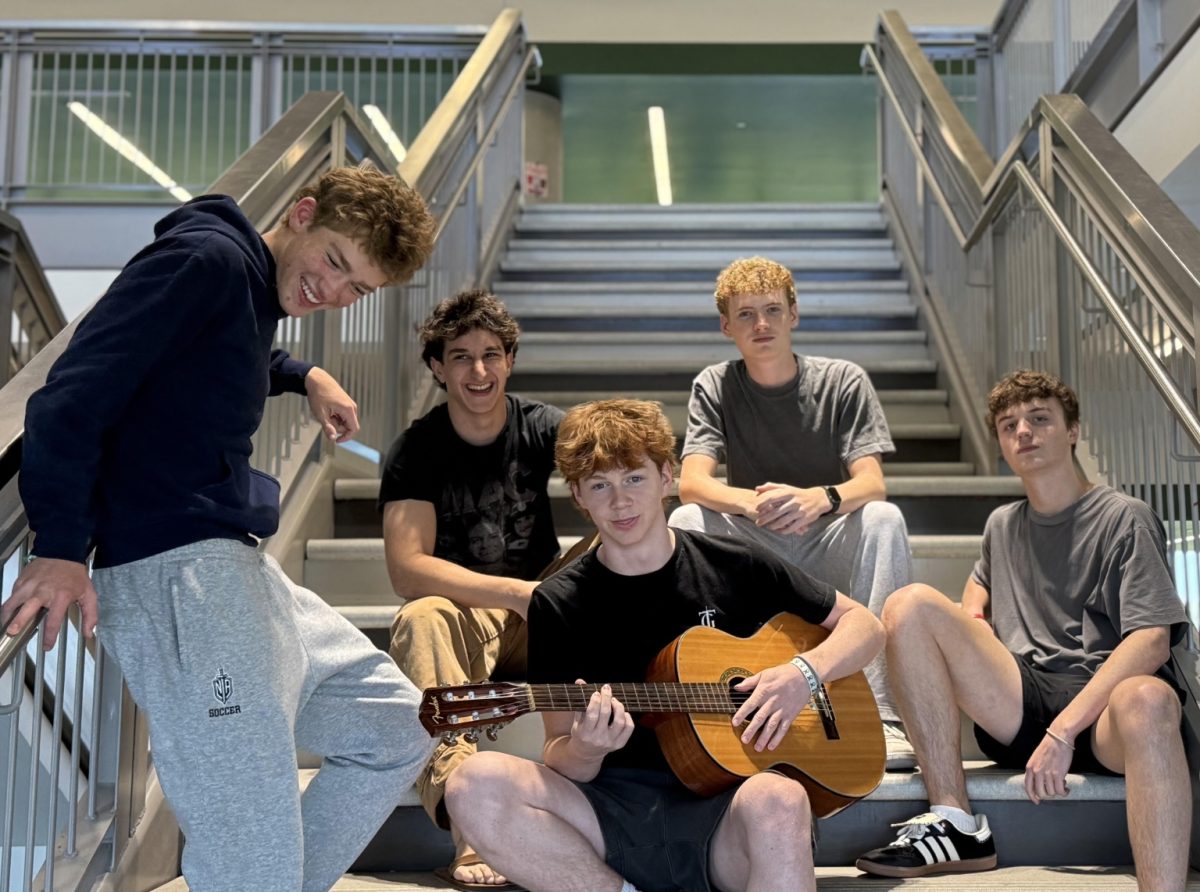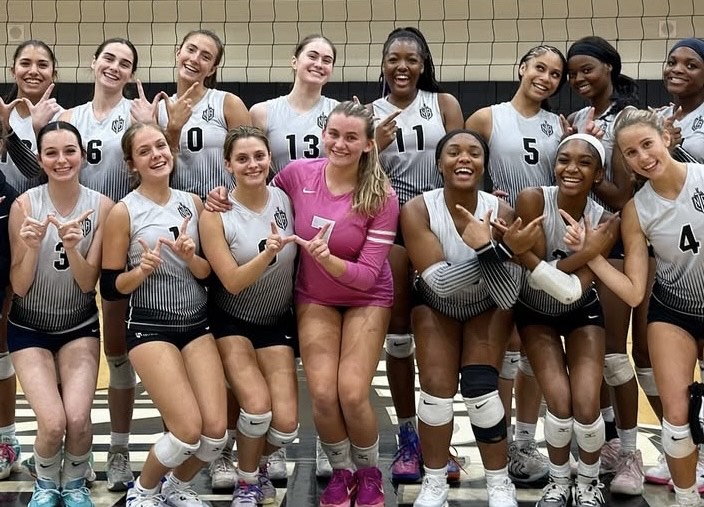Picture this: the bell rings, and students flood the halls. In one school, they’re grabbing soccer cleats for practice or heading to the cafeteria for school pizza. Across the ocean, another bell rings – but here, students are cycling home for a long lunch with family or heading to a quiet café to sip espresso while tackling Latin homework. In the United States, high schools hum with a familiar rhythm of pep rallies, jam-packed schedules, and bustling after-school activities. Meanwhile, in Europe, the pace can shift dramatically – with schedules that allow more time for leisure.
For many American students, high school is a balancing act between academics and extracurriculars. U.S. schools often encourage students to get involved in everything from debate teams to theater productions, fostering a culture where participation outside the classroom is just as important as academics. However, in many European schools, extracurriculars play a much smaller role. Rather than juggling packed schedules filled with clubs and after-school commitments, European students tend to separate academics from personal interests, pursuing hobbies outside of school through independent programs or community organizations. “Our school offers multiple different sport classes for PE, but doesn’t offer any extracurricular activities after class,” said Lycée Fénelon Sainte Marie student Dena Debost in France.
The differences between European and American high schools extend beyond extracurriculars to academics and the structure of the school day. While American schools encourage a well-rounded curriculum, often requiring students to take classes in a wide variety of subjects each year, European students often experience a different approach. In France, for example, students follow a more specialized academic path. This system, common in many European countries, allows students to focus deeply on their chosen subjects rather than managing a broad curriculum. European schools also tend to place a greater emphasis on test scores than American schools, with scores determining not only which universities you will be accepted to, but which ones you can apply to. “To apply to university in Ireland, it is based on how many points you attain in your leaving cert [certification test],” said Katie Cavanagh, a student at Muckross Park College in Dublin.
Even the daily commute to school reflects cultural differences. American students typically rely on yellow school buses or personal vehicles, while European students often navigate city streets using public transportation. Another major difference between European and American schools is efficiency. Typically, European schools are much more time efficient, minimizing the time spent on unnecessary assignments, class transitions, etc. in order to allow time for longer lunches and a slightly slower paced schedule, among other things. This also means that European students often find themselves with more time to complete assignments at school rather than at home. This is a stark contrast to American high schools where students often receive mountains of homework each night. “One thing I would change about my school is the class schedule, sometimes classes feel way too long and like we are just wasting time in classes,” said North Atlanta junior Genevieve Sharma. “There has to be a more efficient way to organize classes to maximize work getting done.”
Despite these differences, both school systems share a common goal of guiding students toward their future. Ultimately, the high school experience – whether on the east or west side of the Atlantic – shapes students in unique ways and prepares them for later life.














